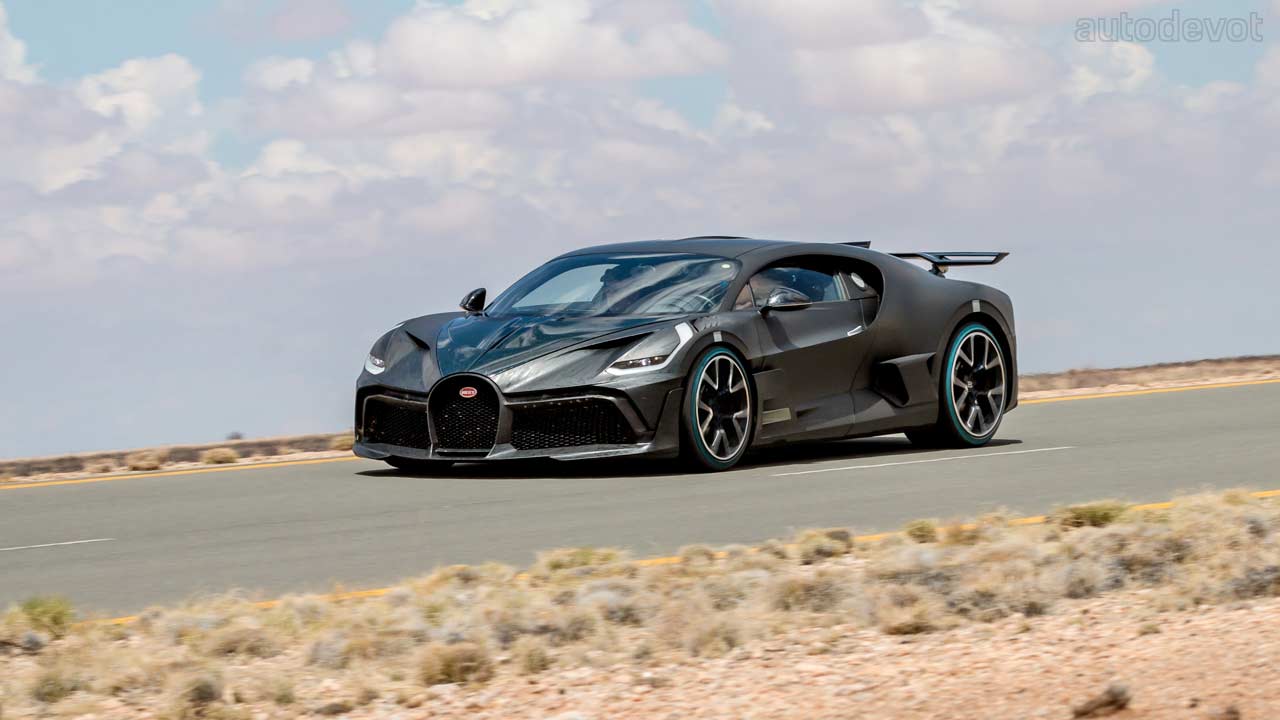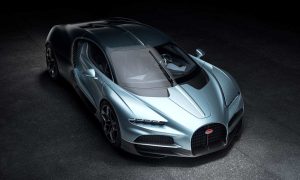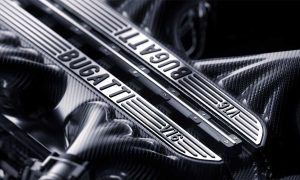Bugatti Divo, which debuted in 2018 in California, has entered its final phase of testing. Deliveries of the first few units will begin this year. Only 40 units of this “corner-hungry” car will be built, with each carrying a price tag of €5 million. The Divo also marks the revival of Bugatti’s coachbuilding tradition.
At the beginning of 2018, our aim was to develop a particularly sporty vehicle as the first project under the leadership of new Bugatti President Stephan Winkelmann. We had lengthy discussions – and above all we listened to our customers. Some of them were longing for an agile and corner-hungry car. That’s definitely what the Divo has turned out to be. – Pierre Rommelfanger, project manager for limited edition models at Bugatti
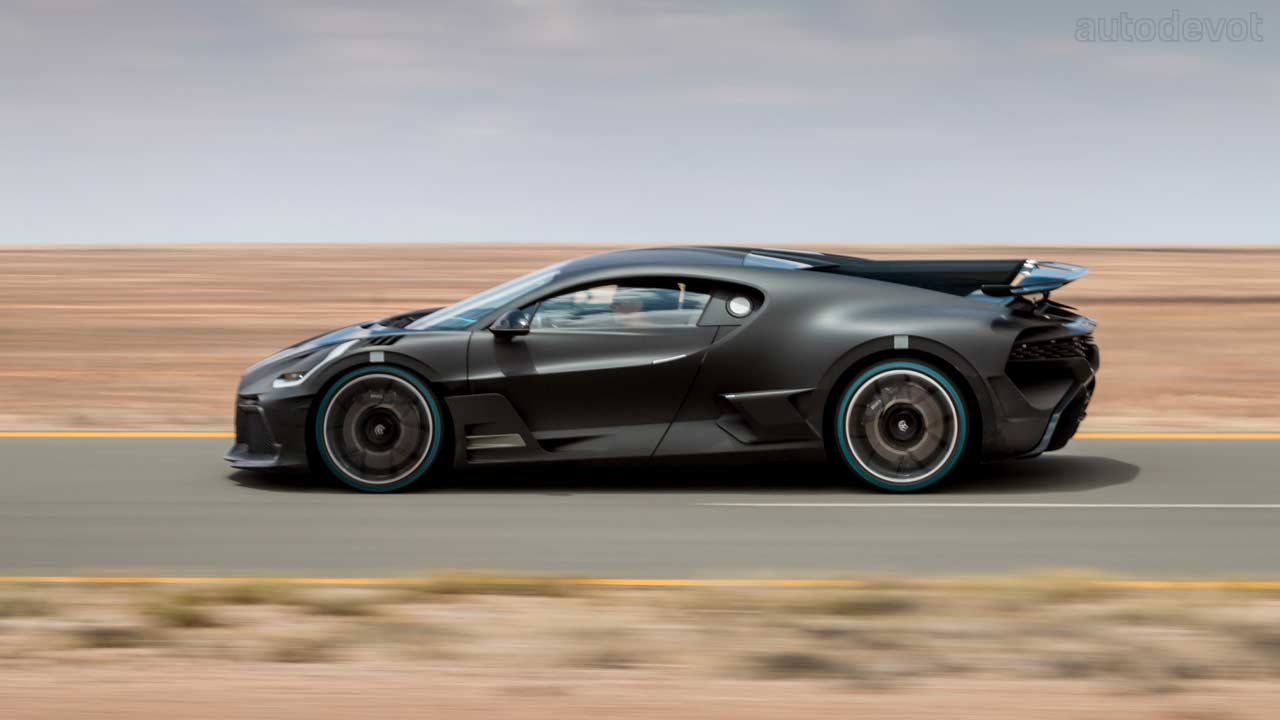
After extensive computer simulations, the first prototype completed its first test kilometres about a year after the project started. From the simulation, the engineers know the exact axle load data and can use these figures to design the chassis setup, including the appropriate spring rate. After this, the parameters for damper control are adjusted in small stages in combination with the wheel camber and the re-tuning of the steering system, Bugatti said.
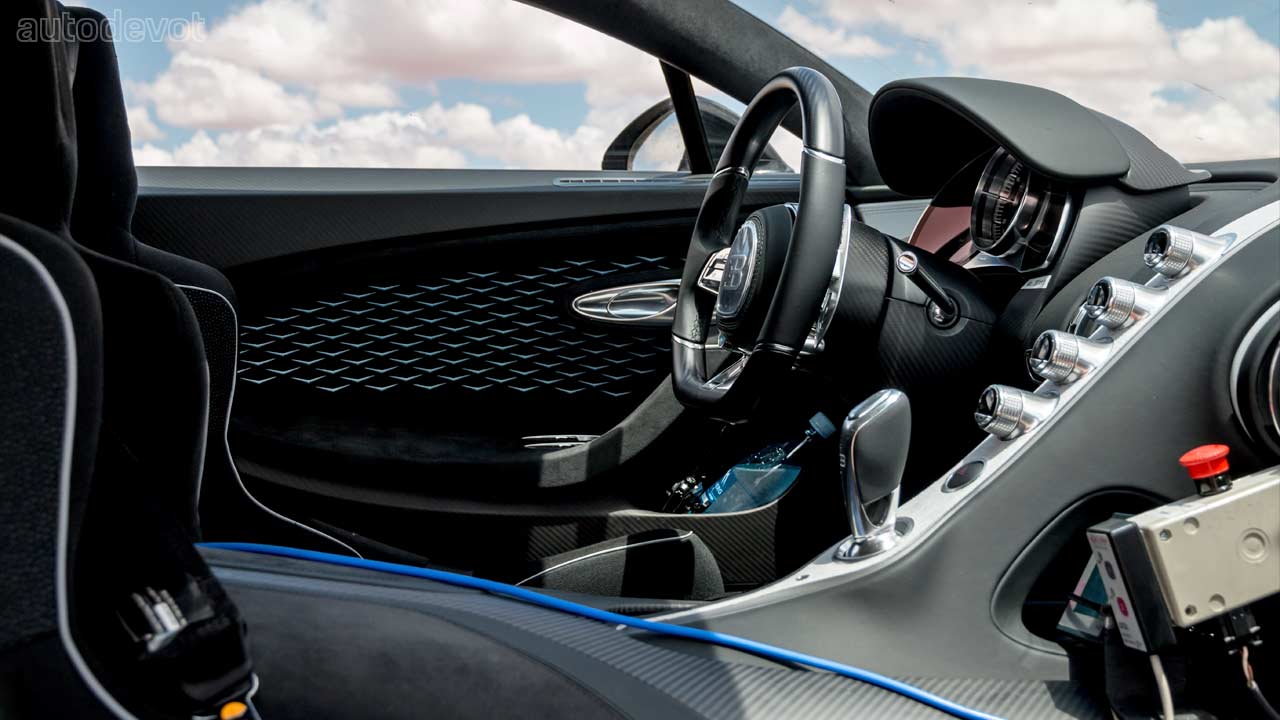
To do this, engineers take the car out on various testing grounds, winding roads and race tracks such as the Nürburgring Nordschleife. Bugatti explains: for chassis development alone, they do more than 5,000 arduous kilometres of testing across all speed ranges up to 380 km/h in the three modes ‘EB’, ‘Motorway’ and ‘Handling’ – adjusting the setup again and again and refining it until all parameters are perfectly matched and the Divo’s agility can no longer be increased.
The experts achieved this agility by using less weight, more downforce and a more direct chassis setup. This includes a change in wheel camber on the front and rear axles, harder springs and a more front-oriented balance. As a result, the Divo’s top speed is limited to 380 km/h. These measures increase agility, that is to say the vehicle’s response to the steering angle input. In addition, the Divo has shed a total of 35 kg in weight as compared to the Chiron thanks to systematic lightweight construction.
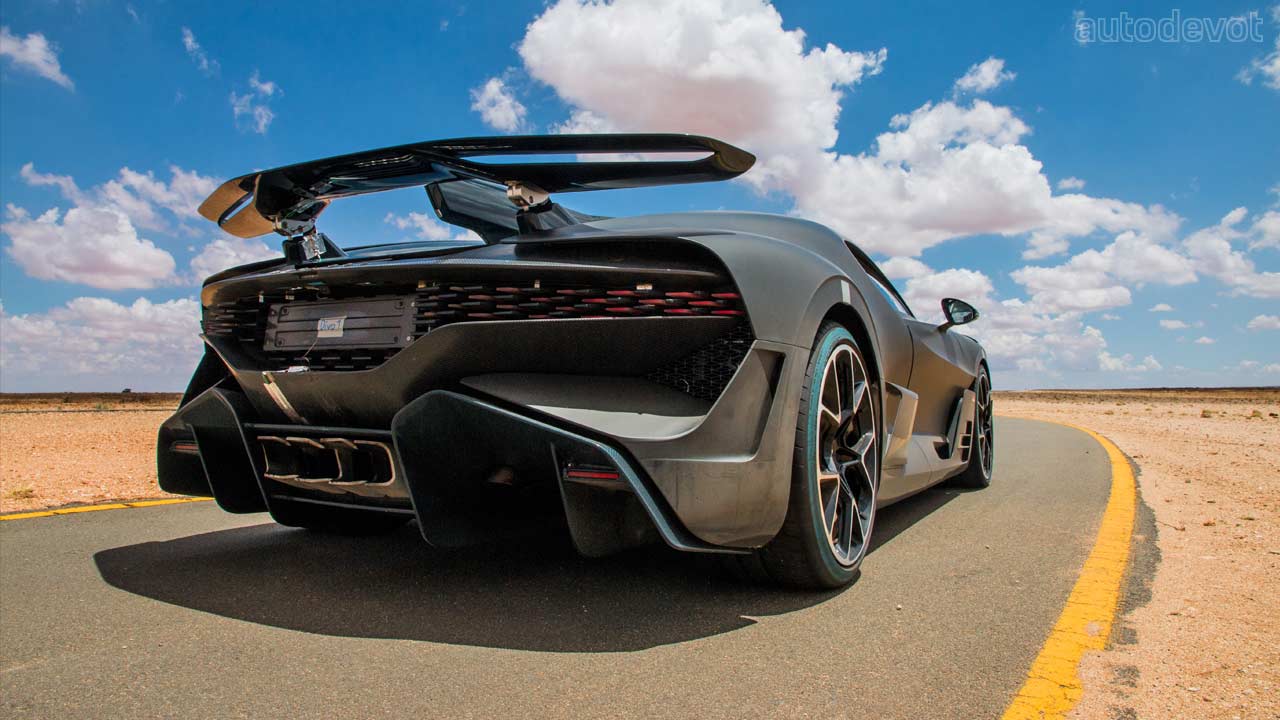
The Divo generates 90 kg more downforce, which goes up to 456 kg at 380 km/h, resulting in significantly higher cornering speeds. All in all, the lateral acceleration of the Divo is increased to 1.6 g.
As a result, the Divo is able to complete the handling circuit on the Nardò testing ground in southern Italy 8 seconds faster than the Chiron – an unprecedented figure.
The Divo is entirely different to drive than the Chiron, even though both are fitted with the powerful W16 engine. This is particularly evident when driving on roads with plenty of bends. With even more precise steering and greater downforce, the Divo drives through corners even faster and more predictably. – Lars Fischer, Head of Chassis Testing and Application, Bugatti
Read more about the Divo here.

Leave a Reply
Note: Comments that are unrelated to the post above get automatically filtered into the trash bin.
